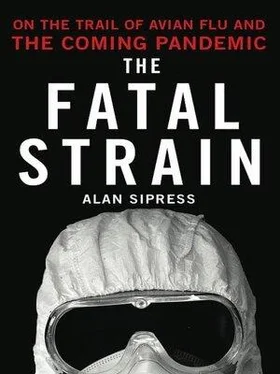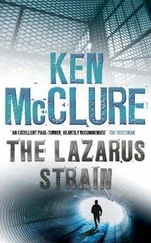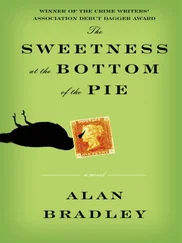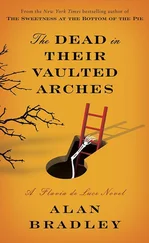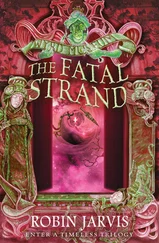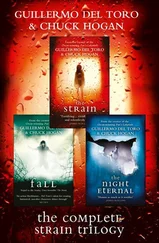“If you put a burglar in front of a locked door with a sack of keys and give him enough time, he will get in,” she later warned at a summit of international health policy makers in Seattle. “Influenza viruses have a sack of keys and a bag full of tricks. They are constantly mutating, constantly delivering surprises.” She cautioned that a pandemic strain would be unstoppable once it became fully transmissible. No corner of the world would be spared. So no country could count on outside relief as with earthquakes or tsunamis. “This will almost certainly be the greatest health crisis experienced for almost a century,” she said.
But back in the fall of 1997, as the mystery of Hoi-ka’s death had faded with Hong Kong’s steamy summer, flu had all but vanished from Margaret Chan’s mind. She was facing a new crisis. A public health clinic in Hong Kong had been mistakenly dispensing toxic mouthwash to sick babies instead of syrup for their fever. Many of the children had developed diarrhea and vomiting. The public was clamoring for an explanation. The scandal captured the city’s grim mood as an historic year approached its end. Months earlier, with the world watching on television, Britain had ended more than 150 years of colonial rule by relinquishing sovereignty over Hong Kong to China. But the sheen quickly came off the handover. The Asian financial crisis that autumn rocked Hong Kong. The stock market crashed. The property market tanked. Tourism dried up. Even the weather was rainier than usual.
In late November, Wilina Lim’s lab received a sample from a two-year-old boy who had been briefly hospitalized in another building at Queen Mary with a fever, cough, and sore throat. The lab staff tested the specimen for seasonal flu. They drew a blank. But now they had the chemical reagents required to check for H5N1. When they ran this test, it came back positive.
Lim called over to the health department headquarters. Dr. Thomas Tsang, a senior medical officer responsible for infectious diseases, got the news. “Not again,” he said to himself, thinking of all the work this would mean.
Tsang led a team of Hong Kong investigators to the boy’s home. It was located in Kennedy Town, an older urban quarter of aging apartment buildings and street-level shops at the westernmost end of Hong Kong island, far from the site of the original case. The neighborhood is tucked between the island’s steep green slopes and the sea, the cranes of Kowloon’s port just visible across the channel. The boy was Vietnamese, the son of a migrant construction worker. Though the youngster suffered from a congenital heart condition, he had succeeded in recovering from the attack of flu and was back in the family’s cramped apartment when Tsang came calling.
The interview was difficult because the parents spoke little other than Vietnamese. It took a lot of patience, and the investigators often resorted to hand gestures to convey the intent of their questions. Tsang asked about the boy’s recent history, in particular whether he’d had contact with ducks, chickens, or other birds. The parents insisted he hadn’t. But when the health officers produced a calendar and went over it day by day with the couple, they noted a Vietnamese festival about a week before the boy got sick. “What did you do for the holiday?” Tsang asked. The mother remembered she had bought a live duck or goose at the market. She had slaughtered it at home, littering the apartment with feathers and feces. To Tsang, the source of infection seemed clear.
Lim had also e-mailed the CDC in Atlanta with the results of this most recent test. When Keiji Fukuda was notified of this second case, he had no doubts this time that the results were correct. “OK, are we off to the races?” he thought darkly. The initial case was no longer a freak occurrence. His mind sped through possibilities. “Is this the first of many cases? Are there more cases going on? Is this the tip of the iceberg?” Fukuda packed his bags again and on Friday, December 5, headed with a fellow CDC investigator for the airport. The probe would be under the auspices of WHO, but CDC staff would carry it out.
The flight from Atlanta to Hong Kong takes about twenty-four hours. As Fukuda sat in his economy-class seat, he had a long time to reflect. He reviewed everything he would need to know. He thought about what his years on the trail of influenza had taught him and about the findings of the earlier investigation in Hong Kong. His mind groped for what was crucial, sorting and filtering the information. He sketched out the scientific surveys he’d want to conduct this time. He plotted out what he’d do as soon as he arrived. He didn’t want to waste a second. “Question one, two, and three,” he said to himself. “Are there other people infected? Are they passing it to each other? Is there an animal source?” So far, thankfully, the answer to the first question seemed to be no.
When the plane landed, Tsang met him at the airport. While officers were clearing Fukuda’s passport through immigration and customs, Tsang whisked him into a side room to begin briefing him on the outbreak.
“I’ve got good news and bad news,” Tsang quipped.
Fukuda waited for the rest.
The good news, Tsang said, is that he’d be taking Fukuda to a nice dinner. The bad news was that while Fukuda had been in the air, Hong Kong had confirmed two more cases.
Tsang brought Fukuda to his hotel in the downtown Wan Chai neighborhood, the former red-light district of The World of Suzie Wong, which in recent years had gone through a commercial renaissance. Then they went to work. They reviewed the lab data and the findings from the preliminary investigation, mapping out the next steps. It would be the first of many late nights spent together.
Fukuda and a growing CDC team was set up with an office in Wu Chung House, the imposing thirty-eight-story tower on Queen’s Road East that was home to the health department and assorted other government agencies and private enterprises. From the windows of their corner room on the seventeenth floor, the Americans looked out at one of Asia’s great skylines and each night watched the lights in the opposing buildings go dark. The team consistently worked past midnight, recapping the progress of their probe and debating its mystifying results. Cases continued to surface all over the city with no apparent geographic pattern. The ultimate source of infection remained elusive. “I’ve never been in an investigation where the stakes were both so high and information was so little about what was going on,” Fukuda said. “I don’t think I have ever slept less over a sustained period of time.”
Early each morning, the questions would rouse him, at five o’clock, four o’clock, even three thirty, and he would resume his self-interrogation. “What are we missing?” he pondered. “What are we not asking? Is there anything obvious going on?”
He and his growing team of CDC investigators would meet for breakfast and compare notes on the day. By eight o’clock, they were back at the health department. They had dragged the desks to the center of the room to form a single large rectangular table and covered it with computer printers and laptops they had brought from home. At the far end of this command center was a whiteboard, where they recorded each suspected case, jotting down the age, gender, location, and crucial dates of the illness. The ultimate outcome was marked at the end of each listing. A downward arrow meant death.
The scrutiny from politicians, foreign officials, and particularly the press grew intense. The earlier investigation in August had received little media attention. But when Fukuda returned to the health department in December, the hallways were already crammed with reporters. Walking to the bathroom, he recounted, was an “exercise in photography.” Press conferences became high-pressure events where the subtleties of epidemiology were often lost in the journalistic scrum, buried beneath shouted questions and the forest of microphones. One day after he arrived, Fukuda faced the media. “There’s a possibility these cases are the only cases that appear and the virus completely vanishes. Another possibility,” he added with foreboding, “is that these viruses may increase.” By the middle of December, the number of cases had in fact reached double digits.
Читать дальше
